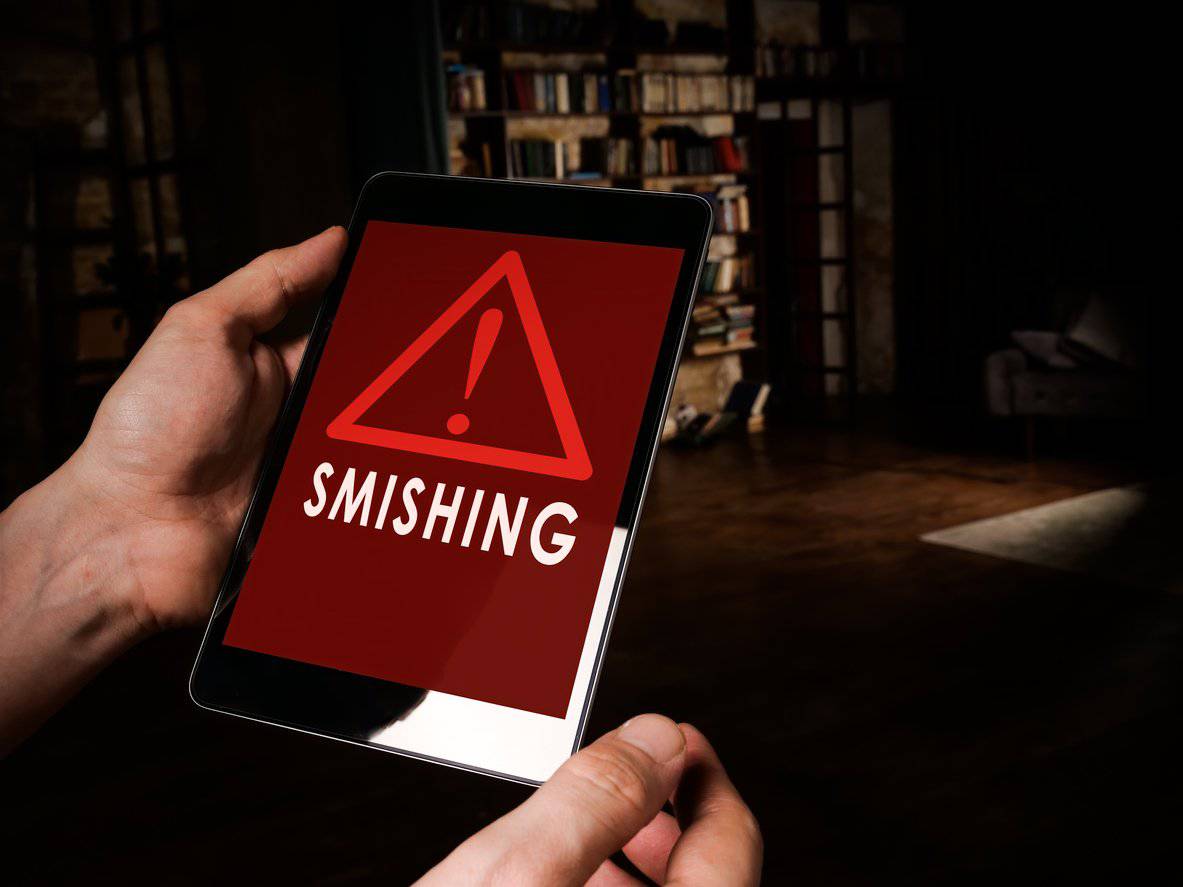As cybersecurity threats continue to evolve, smishing attacks have emerged as a potent weapon for cybercriminals. Understanding why smishing attacks are effective is crucial for individuals and organizations alike. This blog post delves into the key factors that contribute to the success of smishing attacks and explores ways to bolster your defenses.
Table of Contents
The Anatomy of Smishing Attacks
Smishing attacks, short for SMS phishing, leverage text messages to deceive individuals into divulging sensitive information. These attacks often employ social engineering tactics, exploiting human behavior and trust. Cybercriminals may impersonate trusted entities, creating a false sense of urgency to manipulate victims.
Exploiting Psychological Vulnerabilities
One reason behind the effectiveness of smishing attacks is their adept use of psychological manipulation. By crafting messages that trigger fear, curiosity, or excitement, attackers play on human emotions, increasing the likelihood of recipients falling for the scam. Personalization in these messages further enhances the illusion of legitimacy.
It’s also true that social media has trained us to instantly respond to mobile phone notifications for a little dopamine hit. If we know that we have a text message, we tend to review the message ASAP. They don’t get buried in the inbox or filtered like an email.
SMS is Not an Ideal Channel for Business Communications
Two Factor Authentication (2FA) has become the de-facto security standard these days. By providing something you know (your password) and proving something you have (the cell phone), its much more likely that your request to login to a system is authentic.
And it can be very convenient to get certain kinds of alerts on your phone, like notification that your payment was received, your credit limit has increased, or an unusually large payment has been made.
Marketers also love using SMS to announce promotions and push advertisements to their customers, because those text messages are opened at a much higher rate than their email announcements.
But have you ever thought about who is REALLY at the sending end of those SMS messages? There’s no real authentication method built in to verify the sender is authentic.
Mobile Security and Device Vulnerabilities
Smishing capitalizes on vulnerabilities in mobile devices. As more people rely on smartphones for communication, work, and personal tasks, the potential impact of compromising these devices is significant. The lack of awareness regarding mobile security issues and the exploitation of device vulnerabilities contribute to the success of smishing campaigns.
Trust Exploitation and Spoofed Identities
One notable aspect of smishing attacks is the exploitation of trust. Attackers often impersonate trusted entities, such as banks or government agencies, leading individuals to lower their guard. The use of spoofed identities in text messages enhances the illusion of legitimacy, making it challenging for recipients to discern between genuine and malicious communication.
Strengthen Your Defenses with Security Awareness Training
To mitigate the risks associated with smishing attacks, individuals and organizations can adopt proactive measures. Implementing robust cybersecurity practices, raising awareness about the tactics employed by cybercriminals, and leveraging technologies such as two-factor authentication are crucial steps in fortifying defenses against smishing threats.
Inacom offers Cybersecurity Awareness Training programs to help teach your employees about smishing attacks and other cyberthreats as a part of our Managed IT Services program. We begin with a baseline assessment of your organization with a simulated attack, and then offer remedial training based upon user performance. Employees are taught how to spot threats before they become a problem. Progress is tracked along the way, and we have seen several instances where our program has resulted in insurance discounts for clients due to a lower perceived risk of loss.
References:

